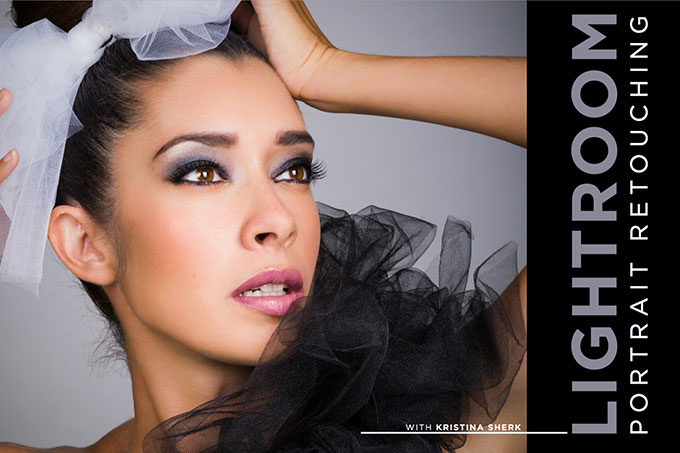

Doing so ensures that the camera doesn’t overextend itself in capturing the darker areas. You can also set your camera to meter on the lighter areas of the image. For instance, you can look for bright areas to photograph instead of staying in dimly lit locations. If you find yourself in a low light situation, you can also use different ways to boost the light.
#PORTRAIT RETOUCHING IN LIGHTROOM ISO#
Change your aperture first, and then your shutter speed (maximum 1/60 without a tripod/wall) to keep your ISO low. Of course, there will be times where you find yourself photographing inside, and you need a higher ISO. We always recommend keeping your ISO as close to 100 as you can.
#PORTRAIT RETOUCHING IN LIGHTROOM HOW TO#
We’ll show you how to use all of them below. There are a few popular ways you can fix grainy images without reducing noise in Photoshop. Now you must be wondering, how can you make a grainy picture clear? How do you fix or minimise the noise in your photos? How Do I Fix Grainy Photos Without Photoshop? As a result, you’ll end up seeing tiny and dark spots that create grainy photos. And they all travel from the light source to your camera at various speeds. Instead, it’s the light entering your camera that creates it. This type of noise doesn’t have anything to do with your camera.

Shot NoiseĪpart from digital noise, there is also shot noise. In the process, the disparities in the output end up creating grainy photos because of digital noise. And when it’s dark, it will have to make those signals stronger to create a correct exposure. Your sensor converts light to electricity. But we’ll try to explain it as simple as possible below. Explaining why you end up with grainy photos is a bit difficult. However, all these issues all boil down to how the digital sensor amplifies the light signals it receives.

Higher ISO settings and long exposures are just a few. There are many reasons why this noise finds its way into your digital images. The grainy specks you find in digital photos are often referred to as digital noise. Why Do Digital Cameras Also Suffer from Grainy Effect? But like their film counterparts, their high ISO threshold still produces a lot of noise. For instance, the Sony A7 III or Canon 5D Mark IV can reach up to ISO 32,000 and 25,000 respectably. It’s worth noting that digital cameras have better light sensitivity than their film predecessors. And just like with film, ISO 3200 or above creates a large amount of grain. But instead of using silver particles, it now has a light sensor to help it capture light.Ī lower ISO setting such as 100 or 200 will keep the grain to a minimum. These days, digital camera systems still use the ISO. Remember how the amount of silver on the film affects the size of the grain in your image? In many ways, a similar phenomenon happens with digital cameras.

But at the same time, they also create grain or noise in your photos. Large amounts of silver make the photographic film easy to use in low-light conditions. Meanwhile, the higher ranges, such as 3200, have more significant pieces of silver that let it capture low levels of light. ISO 25 has the least amount of silver, making it perfect for use in bright daylight. And ISO is how photographers measure a film’s ability to capture light.īack in the day, the ISO values ranged from ISO 25 to ISO 3200. The more silver halide crystals an emulsion contains, the more sensitive it is to light. The photographic film you use for analog photography has silver crystals in its emulsion coating to make it sensitive to light.


 0 kommentar(er)
0 kommentar(er)
